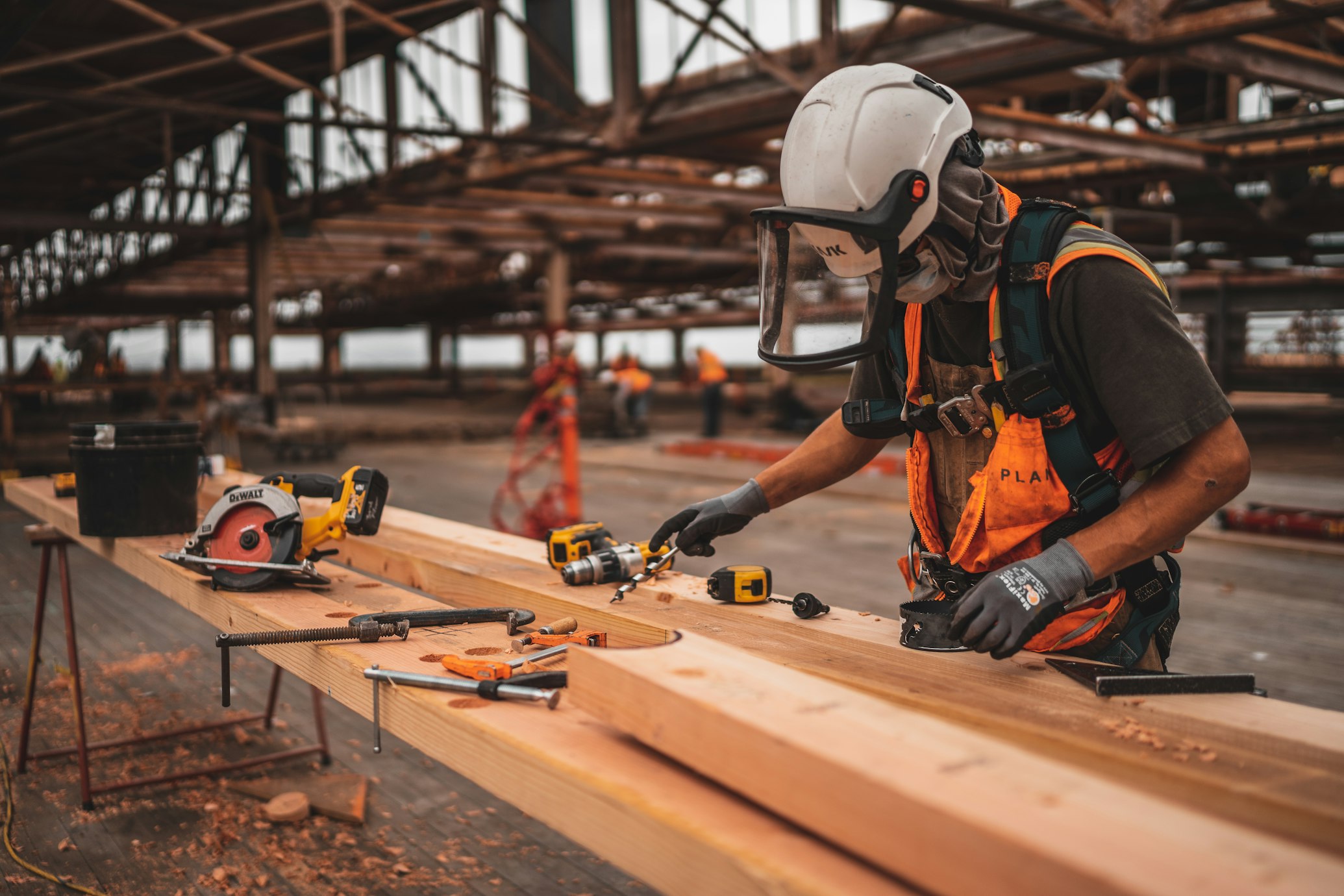In the realm of modern engineering projects, the utilization of advanced structural analysis software has become indispensable. Among these tools, nonlinear structural analysis stands out as a game-changer, offering a myriad of benefits that traditional methods simply cannot match. Let's delve into the advantages of incorporating nonlinear structural analysis into engineering endeavors.
Understanding Nonlinear Structural Analysis
Before delving into its benefits, it's crucial to grasp the essence of nonlinear structural analysis. Unlike linear analysis, which assumes linear relationships between loads and displacements, nonlinear analysis acknowledges the complexities of real-world structures. It considers factors such as material nonlinearity, large deformations, and geometric nonlinearities, providing a more accurate depiction of structural behavior.
Enhanced Accuracy and Realism
One of the primary advantages of nonlinear structural analysis is its ability to offer enhanced accuracy and realism. By accounting for nonlinearities inherent in materials and structural behavior, engineers can obtain more precise results. This level of accuracy is particularly vital in projects where safety and reliability are paramount, such as high-rise buildings, bridges, and industrial structures.
Optimized Design and Performance
Nonlinear structural analysis empowers engineers to optimize designs and enhance structural engineering software programs performance. By simulating various loading scenarios and material behaviors, designers can identify weak points, optimize geometries, and reinforce critical areas effectively. This proactive approach not only improves structural integrity but also minimizes material usage and construction costs.
Mitigation of Catastrophic Failures
Incorporating nonlinear structural analysis can help mitigate the risk of catastrophic failures. By simulating extreme loading conditions and nonlinear responses, engineers can identify potential failure modes and implement appropriate design measures to prevent disasters. This proactive approach enhances structural resilience and ensures the safety of occupants and assets.
Facilitating Complex Engineering Challenges
In today's engineering landscape, projects are becoming increasingly complex, requiring innovative solutions to overcome challenges. Nonlinear structural analysis software programs provide the necessary tools to tackle these complexities effectively. Whether it's simulating dynamic loads, assessing structural stability, or designing for resilience, nonlinear analysis empowers engineers to address diverse engineering challenges with confidence.
Conclusion
Unlock the potential of advanced demolition software with Extreme Loading. Our state-of-the-art platform equips engineers to excel in nonlinear structural analysis, enabling them to confidently undertake even the most complex projects. Elevate your engineering pursuits to unprecedented levels with Extreme Loading.
Explore the power of nonlinear structural analysis with Extreme Loading. They cutting-edge software empowers engineers to tackle the most challenging projects with confidence. Take your engineering endeavors to new heights with Extreme Loading.

Comments
Post a Comment